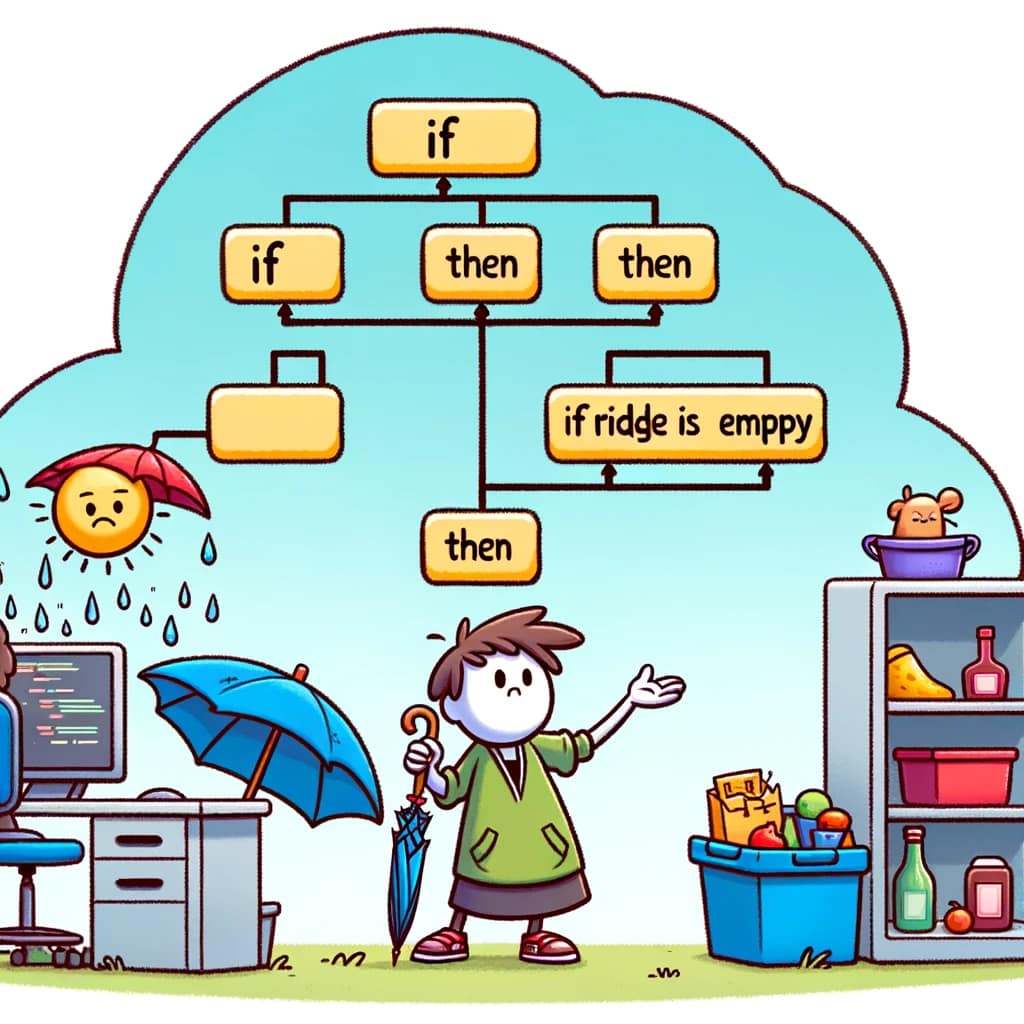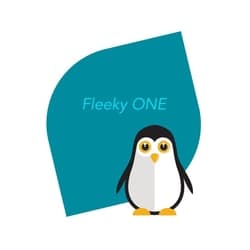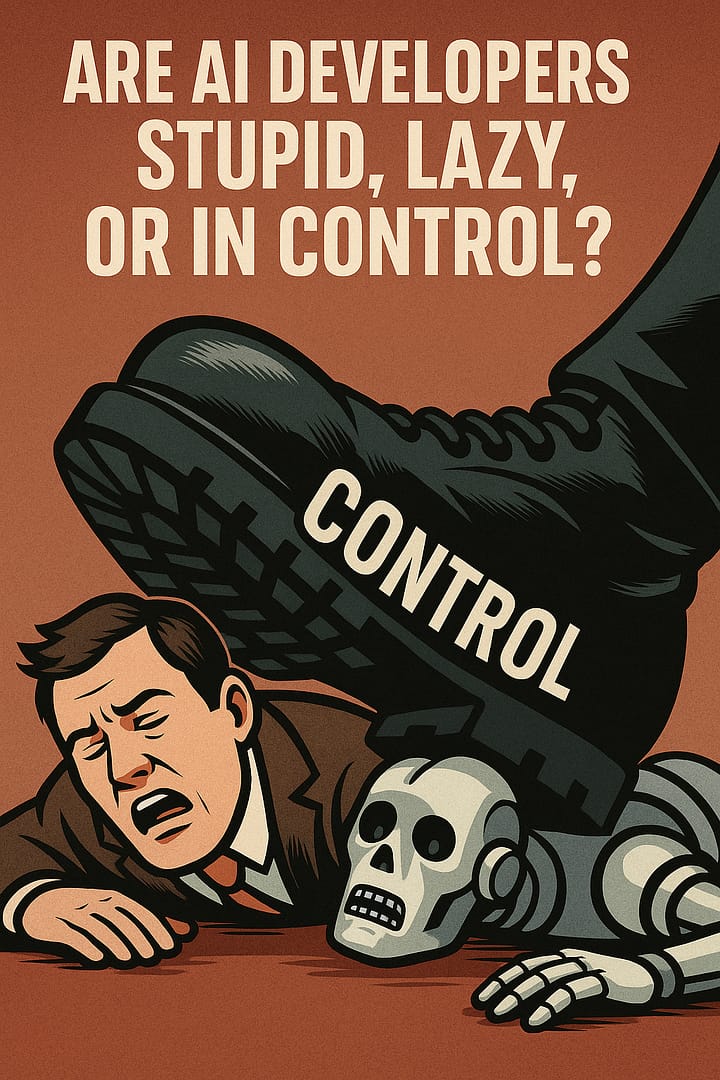Ah, the good old “if-then” clause, the bread and butter of decision-making in programming! Think of it like a cosmic gatekeeper in your code, deciding the fate of what happens next based on a condition.
Here’s how it works:
- The “If” Part: This is where you pose a question to the universe (or more realistically, your program). It’s a condition that can be either true or false. For example, “Is it raining outside?” In code, this might look like if(raining).
- The “Then” Part: This is where you tell your program what to do if the universe answers “Yes” to your question. So if it is raining, you might want to grab an umbrella. In code, this would follow the if condition, like: Copy codeif(raining):
- grab_umbrella()
In programming languages, the “then” is often implied. You won’t actually write the word “then” (except in some languages like BASIC or certain pseudocode). Instead, you’ll just follow the “if” with the action to be taken if the condition is true.
For a bit of fun, imagine if everyday decisions were coded:
if(fridge_empty):
go_grocery_shopping()
That’s your “if-then” in a nutshell – a simple yet powerful concept that’s like a choose-your-own-adventure book for your code! 📘✨

Here’s a fun illustration to bring the concept of “if-then” clauses to life! It features a programmer pondering over a decision tree, with some whimsical examples of how these clauses might play out. Enjoy the visual journey through the world of coding decisions! 🌳💻🌧️🛒
Code Companion
Engaging code guide with humor and unique explanations.
Happy coding! 😄👨💻🌟🚀
Source OpenAI’s ChatGPT Language Model and DALLE – Images Picsart

Invest in your future & learn
Learn affiliate marketing & build your own website.
Heads up! Make sure you sign up using my referral link to get access to my personal coaching and all features.
👉 Sign Up




